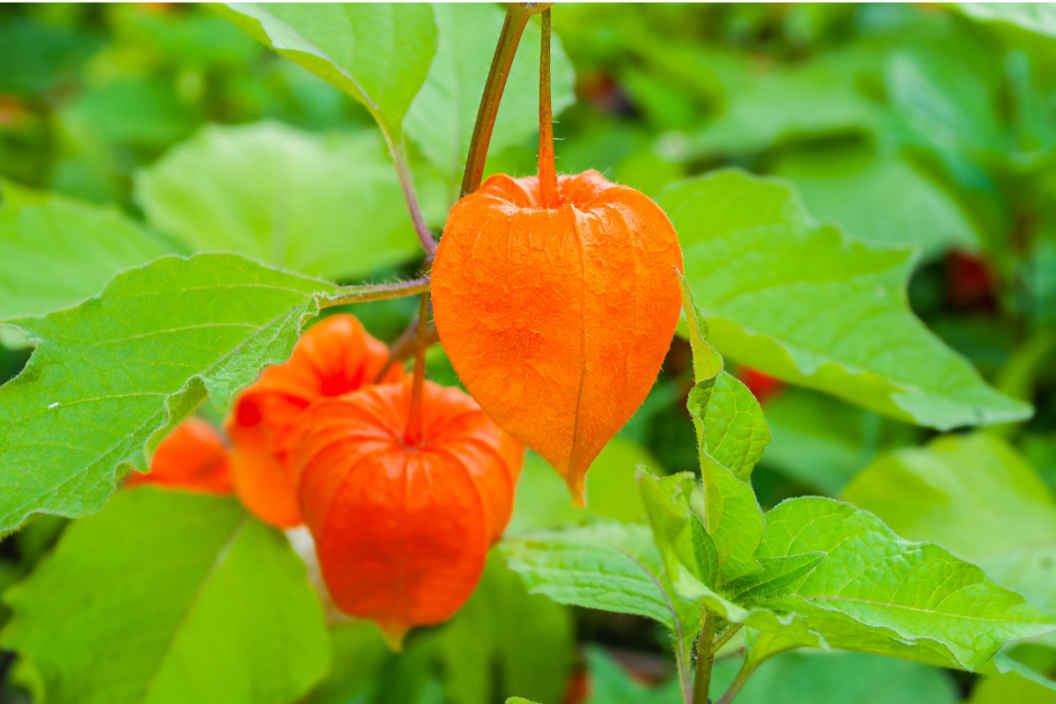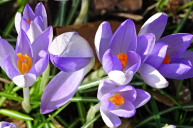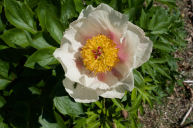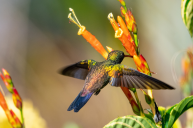You know what bulbs to plant in the fall to get gorgeous flowers in the spring, but what about having some pops of color in your garden in autumn? One of the plants you can grow to get a colorful fall garden is the Chinese lantern plant. These plants produce bright orange-red pods that look like paper lanterns. They're lovely in your garden, but these pods are also great to use in dried flower arrangements and other DIY autumn crafts. Here's everything you need to know about the Chinese lantern plant.
Videos by Wide Open Country
Everything You Need To Know About the Chinese Lantern Plant
The Chinese lantern plant, or Physalis alkekengi, is a herbaceous perennial plant that is member of the nightshade family, which is why the papery skin of the seed pod might remind you a little bit of a tomatillo. The plant puts out little white flowers in the spring, but it's the pods, called a calyx, that most people look for. The berries inside the pods are technically edible, but only after the pods are mature. The leaves and the unripe Chinese lantern seeds are poisonous.
You can dry the pods to use in crafts and dried flower arrangements. Cut the stem and remove the leaves, then let the stems with the pods attached dry. Because of their orange color, the pods are good choices for Halloween and Thanksgiving decoration.
The plant is a popular ornamental plant in colder climates and can be found in parts of Southern Europe and Northeast and Southeast Asia. Also known as the Japanese lantern, winter cherry, ground cherry or bladder cherry, the plant grows in the United States in hardiness zones 3 to 9.
How to Grow the Chinese Lantern plant
The Chinese lantern plant can be grown in the ground or in containers. They're easy to grow either by planting the seeds in late spring, since germination of the seeds happens once the temperature is between 60 and 70 degrees, or you can start the seeds inside and transplant them into your garden after the danger of frost has passed.
And important thing to consider in how and where you plant is that the Chinese lantern plant is considered invasive. They easily spread rhizomes, which are a type of stem that runs under the ground and creates new roots. The rhizomes and the seeds that fall off the plant make it easy for the plant to spread unless you plant it in containers or with some kind of garden barrier. If you don't want to have your yard overtaken by the plant, you can plant it in containers and treat it as an annual, tossing the plant each year after the seed pods mature.
The plants grow best in full sun, though in warmer climates you may have some success growing them in partial shade. Plant them in well-draining soil and keep the soil evenly moist, watering them when there is less than an inch of rain in a week. Once the plants are mature, they need less water and are even somewhat drought-resistant. Spread a layer of mulch over the soil to help keep moisture in. Fertilize with a slow-release fertilizer in the spring and then use a general-purpose fertilizer after the plants flower.
Space your Chinese lantern plants at least 3 feet apart if you overcrowd them, you may find the plants more likely to spread bacterial and fungal diseases. The plants can have pest issues from insects like false potato beetles, cucumber beetles and flea beetles, so if you see that the pods have lots of little holes, try spraying an insecticidal soap on them.
Watch: Who Said Succulents Are Boring? 3 Types That Don't Look Like Plants at All





